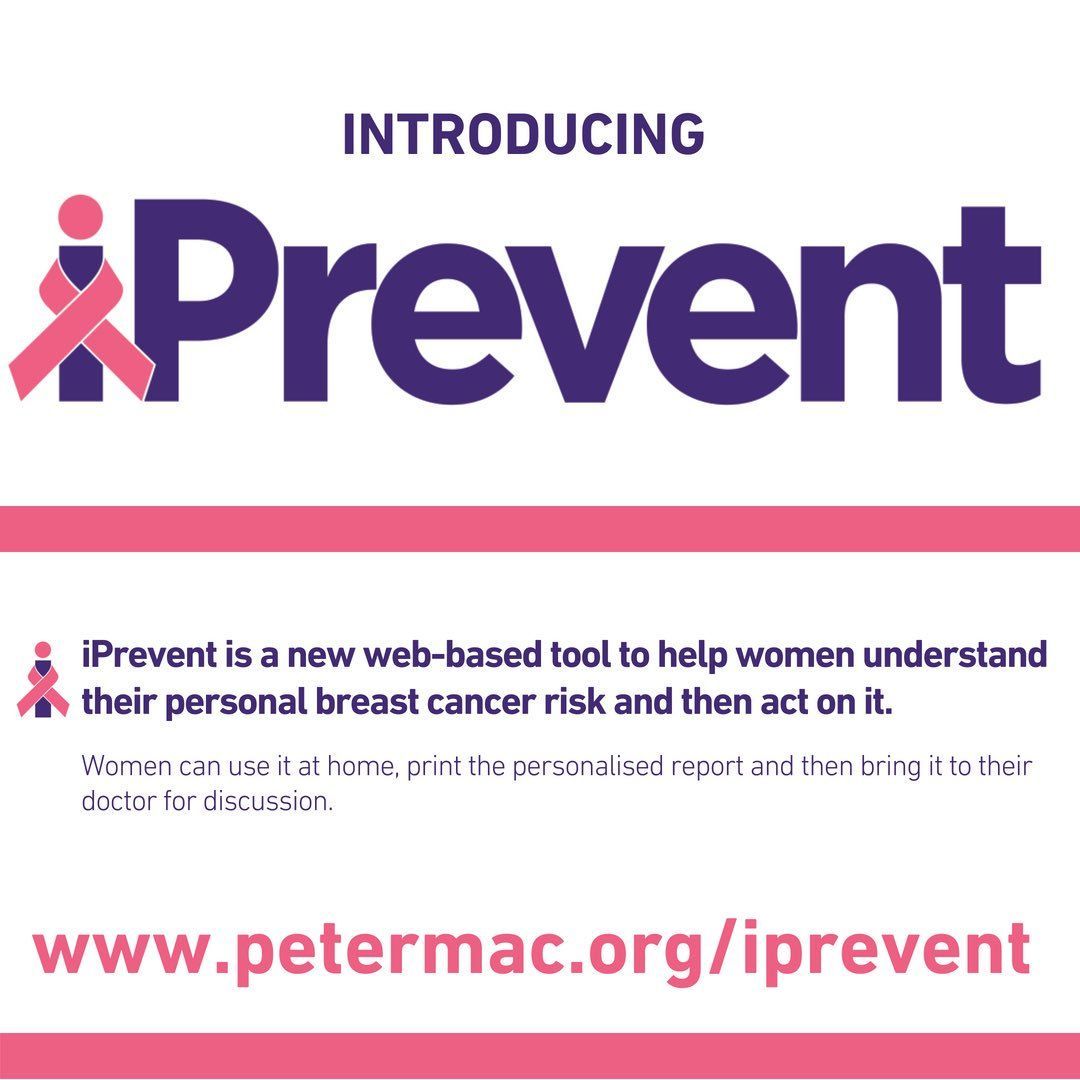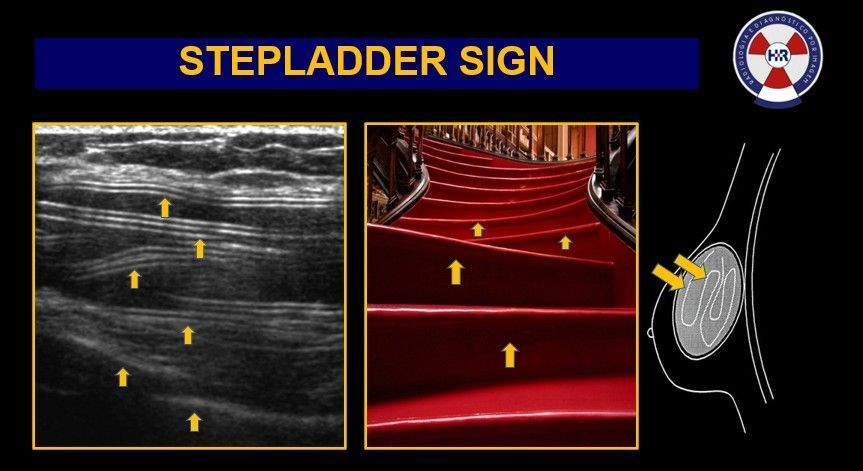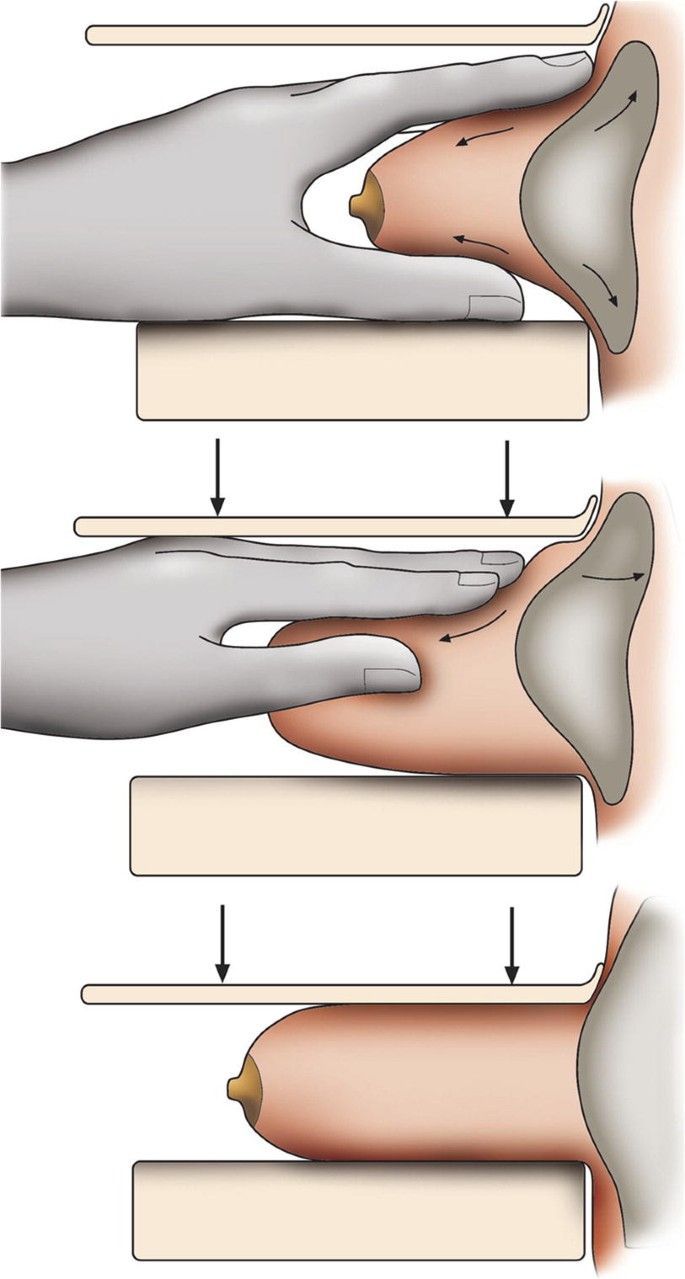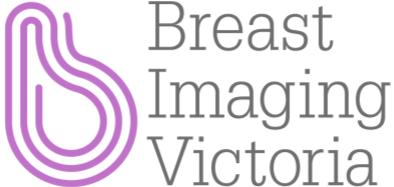Benign breast conditions
Understanding Benign Breast Conditions: The Spectrum of Breast Cysts
Today, let's demystify another common benign breast condition: breast cysts. From simple to complex, cysts are fluid-filled sacs within the breast, often fluctuating with the menstrual cycle. Understanding these can help alleviate concerns and encourage informed discussions about breast health.
Types of Breast Cysts:
- Simple Cysts: Clearly defined, fluid-filled sacs that are usually non-cancerous. They can vary in size and may feel tender to the touch.
- Complex Cysts: Contain both fluid and solid components. Though often benign, they require further evaluation to rule out any potential risks.
Key Insights:
- Prevalence: Breast cysts are most common in women aged 35 to 50 and tend to decrease in occurrence after menopause.
- Symptoms: Can include lumpiness, swelling, and tenderness, particularly in the days before the menstrual period.
- Diagnosis: Often identified through mammography or ultrasound. Fine-needle aspiration can also determine if a cyst is simple or complex.
- Management: Simple cysts may not require treatment unless they are large or uncomfortable, in which case draining the fluid can provide relief. Complex cysts might necessitate a biopsy to ensure accurate diagnosis.
Why It Matters:
Breast cysts are a key component of breast health awareness. Recognising the benign nature of most cysts while understanding when further investigation is needed empowers women to take charge of their health with confidence.
At Breast Imaging Victoria, we're dedicated to providing you with the most advanced diagnostic technology and compassionate care. Whether it's a routine check-up or further assessment of a breast cyst, our team is here to support you every step of the way.




